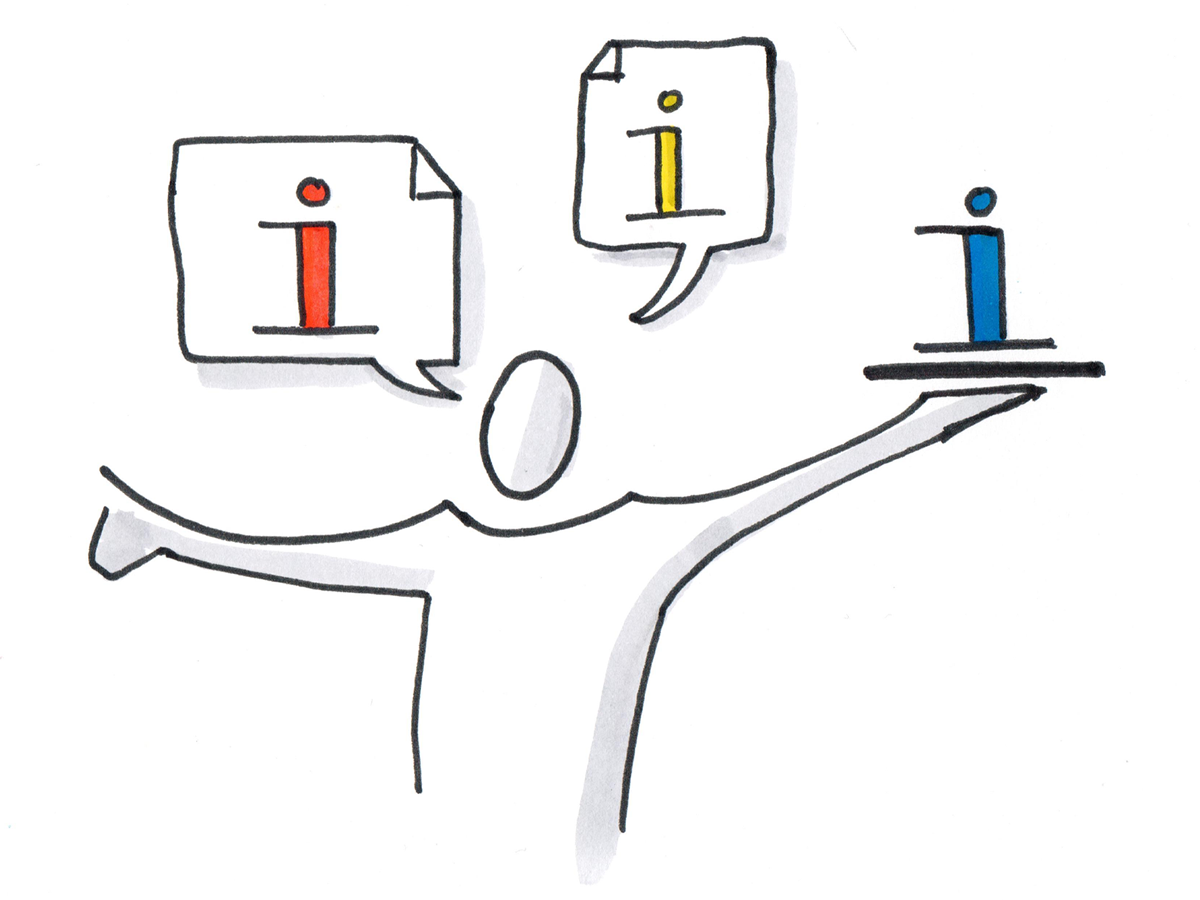
I remember asking a friend once about how he thought about things – I don’t remember exactly why I asked that question – but I certainly remember his answer. I’d asked if he heard his own voice in his head when he thought about things or when reading. He looked at me blankly and said “Err I don’t hear anything“.
I was astonished and my reply was something along the lines of :
“well how do you think about things – how can you form thoughts or ideas, how can you function at all if you don’t have an internal monologue running inside your head ?“.
All my life I’ve heard my voice in my head speaking in full sentences as if I was talking out loud. I thought everyone experienced this. So it really blew my mind when I also found out that, including my friend, “Not Everyone has an internal Monologue“. You may be one of them and wondering what all this is about.
In a Nutshell :

Some people have an internal narrative and some don’t. Some people’s thoughts are like sentences they “hear” and some people just have abstract non-verbal thoughts and have to consciously verbalize them.
And most people aren’t aware of the other type of person.

What’s Happening in Our Minds ?
For a long time, it was assumed that an inner voice was simply part of being human. But it turns out, that’s not the case — not everyone processes life in words and sentences.
Inner Voice
With true inner speech, you almost “hear” your inner voice. You’re aware of its tone and intonation. For example, the voice can “sound” angry or worried. Research has shown that children as young as 5 to 7 can utilize an inner voice, and some studies suggest children even as young as 18 to 21 months of age may use some form of inner phonetics.
Researchers in a 2019 study in the journal Frontiers in Psychology have defined 3 dimensions to an inner dialogue to help analyse what’s happening :
- Dimension 1 : Dialogality – Are you thinking in a monologue or a dialogue. A monologue is a simple set of statements like, “I need to buy bread.” But other times, when you are reasoning, you might entertain and engage several points of view — like a conversation ie a dialogue.
- Dimension 2 : Condensation – A measure of how verbose your thoughts are. Sometimes you think in words or fragments. Other times, like when you’re preparing for a conversation or presentation, you’re likely thinking in whole sentences and paragraphs.
- Dimension 3 : Intentionality – Are you engaging in inner speech on purpose? For reasons we don’t know, sometimes inner speech can just come to you or drift to entirely random and seemingly disconnected topics.
No Voice ?
This long-held assumption that all people rely on an inner voice was first challenged in the late 1990s. An experiment was devised to try to document what people were thinking or experiencing in their mind at random times of the day. They wore a beeper and when it went off they had to record their thoughts or state of mind at that time.
The experiment revealed that some people had inner speech every time the device beeped, almost like “there’s a radio in their head” . But others had less inner speech than usual, and some didn’t have inner speech at all. They experienced images, sensations and emotions, but not a voice or words.
So whether you do or don’t have this monologue running inside your head – its time to start asking questions about those around you. Believe me it will create quite a debate.




